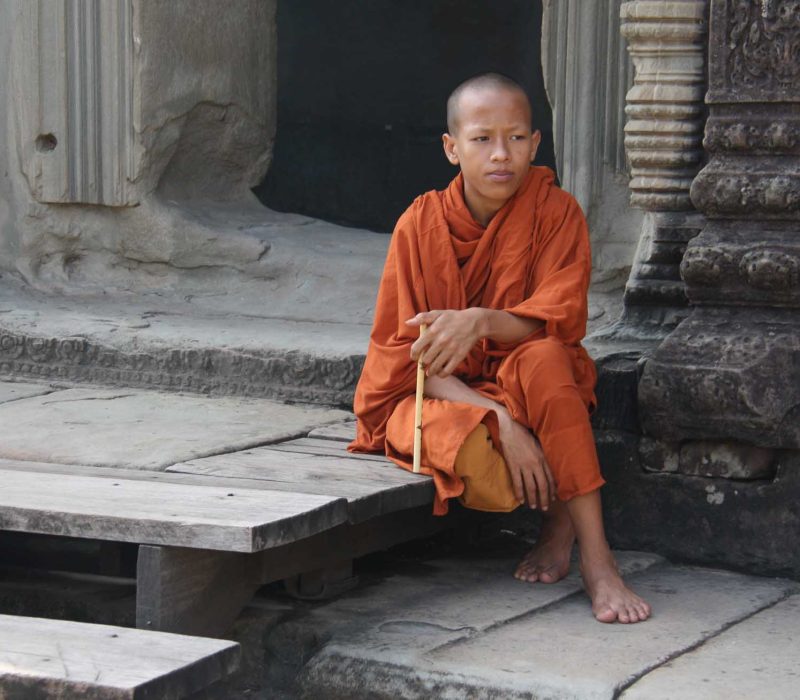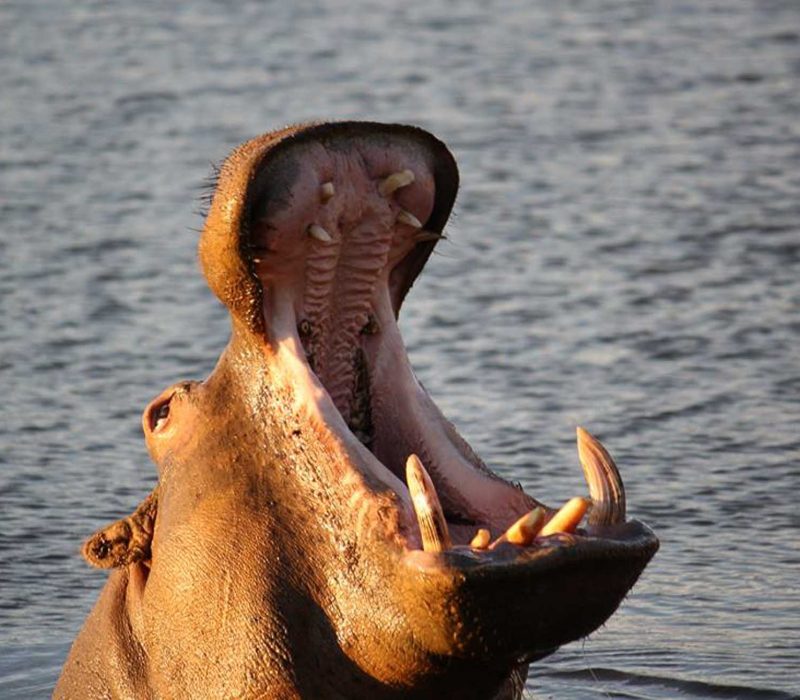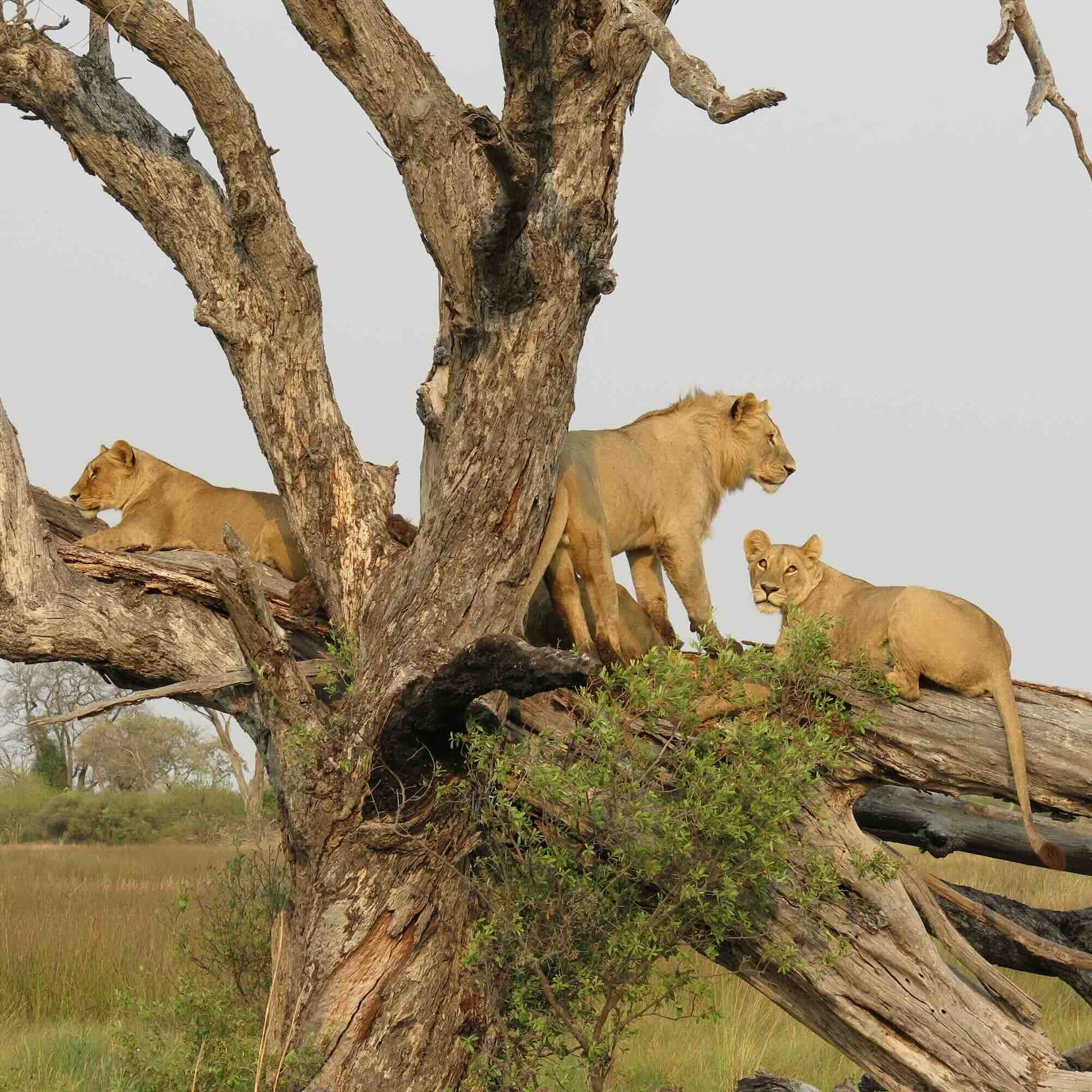Botswana is truly magic and wildlife awesome – a once-in-a-lifetime experience!
Overall an amazing experience. Your colleagues were super helpful and I appreciated them being there for me.

Photo Credit: Beth Nixon


Susan Farewell
Founder & Owner, Farewell Travels LLC


Whether you are going to Paris for the weekend or taking the family on a multi-month trip through Latin America, having an itinerary designed and managed specifically for you makes all the difference.
Select Escapes • Select Escapes • Select Escapes
Botswana is truly magic and wildlife awesome – a once-in-a-lifetime experience!
Overall an amazing experience. Your colleagues were super helpful and I appreciated them being there for me.




Copyright © 2025 Farewell Travels. All rights reserved. Edit
Notifications